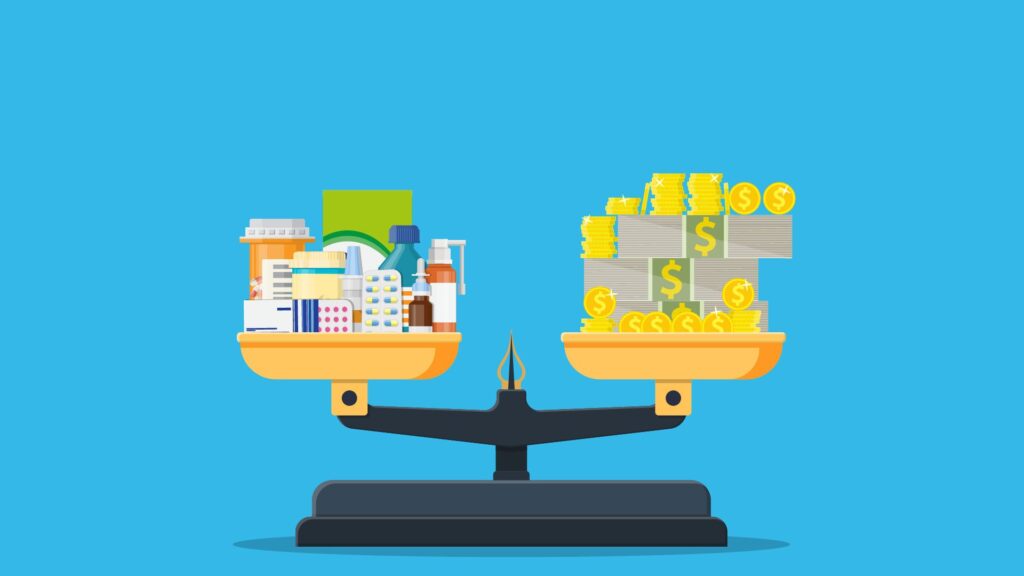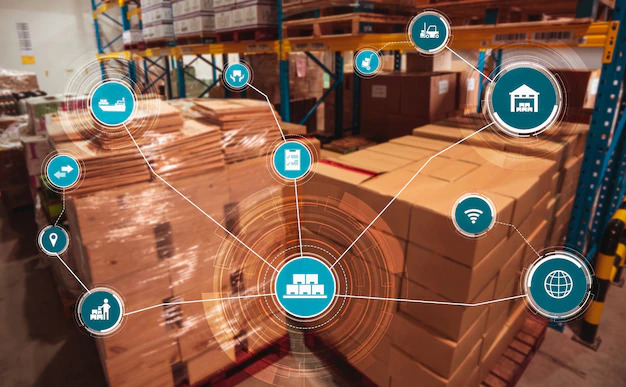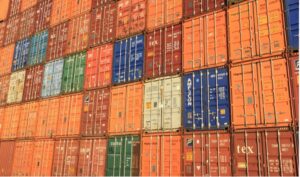Shipping containers are the backbone of global trade. Moving vast quantities of goods across continents, they fuel international commerce. But when it comes to shipping a container from China to Europe, navigating the cost factors can feel like traversing a labyrinth. Fear not, intrepid shipper! This comprehensive guide will equip you with the knowledge to understand, calculate, and ultimately minimize your shipping expenses.
Decoding the Cost Equation: Unveiling the Factors at Play

The final cost of shipping a container from China to Europe isn’t a fixed number. Instead, it’s a dynamic equation influenced by several key factors:
- Mode of Transport: This is the biggest influencer. Air freight offers the fastest delivery but comes at a premium. Sea freight is significantly more economical but takes longer. Rail freight presents a middle ground, balancing speed and cost.
- Container Size and Type: Standard 20-foot and 40-foot containers are the most common. However, specialized containers like refrigerated units or high-cube containers incur additional charges.
- Weight vs. Volume: Shipping costs are typically based on either the weight of your cargo or its volumetric displacement (how much space it occupies) – whichever is higher. This is known as “chargeable weight.”
- Origin and Destination Ports: The specific ports in China and Europe you choose can affect the price. Ports with higher demand or congestion often command higher shipping rates.
- Fuel Surcharges: Fuel prices fluctuate, and these fluctuations are sometimes reflected in fuel surcharges added to the base shipping cost.
- Customs Clearance and Duties: Taxes and import duties levied by European authorities can add a significant chunk to your final bill.
Choosing Your Path: Air Freight vs. Sea Freight

The battle between air and sea freight boils down to a trade-off between speed and cost.
Air Freight: Ideal for:
- Perishable goods with a short shelf life
- High-value cargo requiring faster delivery.
- Urgent shipments needed to meet tight deadlines
Sea Freight: Perfect for:
- Cost-effective transportation of large volumes
- Non-perishable goods with longer lead times
- Businesses prioritizing affordability over speed
The Rail Option: For those seeking a balance between air and sea, rail freight offers a faster transit time than sea freight at a more competitive price point compared to air. However, rail availability is more limited geographically.
Calculating Your Costs: Mastering the Numbers Game
Before securing your container shipment, it’s crucial to estimate the costs. Here’s how:
- Weight and Volume: Measure or estimate the total weight and volume of your cargo. Don’t forget to account for packaging materials.
- Chargeable Weight: Calculate the chargeable weight by comparing your cargo’s actual weight and its volumetric weight (length x width x height). The higher value determines the chargeable weight.
- Origin and Destination Ports: Research the prevailing shipping rates between your chosen ports in China and Europe. Freight forwarders or shipping companies can provide quotes.
- Additional Fees: Factor in potential fuel surcharges, customs clearance costs, and any insurance you may require.
Freight Quote Calculators: Many online freight quote calculators can simplify the process. These tools provide estimated costs based on your inputs (cargo weight, size, origin, destination).
Optimizing Your Costs: Strategies for Savvy Shippers

Now that you understand the cost factors, let’s explore strategies to minimize them:
- Consolidate Shipments: If you have smaller shipments, consider consolidating them into a single container to reduce per-unit costs.
- Fill the Container: Aim to fill your container as close to capacity as possible to maximize cost-efficiency. Consider using dunnage (packing materials) to fill empty spaces.
- Negotiate Rates: Freight forwarders often offer discounts for frequent shippers or larger volume shipments. Don’t be afraid to negotiate for a better rate.
- Choose the Off-Peak Season: Shipping costs typically fluctuate based on demand. Consider scheduling shipments during off-peak seasons (typically winter months) when prices tend to be lower.
- Explore Alternative Ports: Research alternative ports in China or Europe that might offer more competitive rates.
- Free on Board (FOB) vs. Cost, Insurance, and Freight (CIF): Incoterms (International Commercial Terms) like FOB place the responsibility for shipping costs on the buyer, while CIF shifts it to the seller. Negotiating Incoterms can impact your overall costs.
Partnering for Success: Choosing the Right Shipping Company

- Reputation and Experience: Choose a company with a proven track record of handling China-Europe routes. Look for positive customer reviews and industry accreditations.
- Service Offerings: Ensure the company offers services that align with your needs. Do they specialize in specific cargo types? Do they offer door-to-door delivery or just port-to-port?
- Competitive Rates: Compare quotes from multiple companies to find the best balance between cost and service quality. Negotiate rates whenever possible.
- Communication and Transparency: Choose a company that provides clear communication throughout the shipping process. They should be able to answer your questions promptly and keep you updated on the shipment’s status.
Navigating Customs: Demystifying Duties and Taxes
Customs clearance can be a complex process, and associated duties and taxes can significantly impact your final costs. Here’s what you need to know:
- Harmonized System (HS) Codes: These codes classify your goods for customs purposes. Understanding the HS code for your cargo is essential for calculating import duties.
- Import Duties: These are taxes levied by European authorities on imported goods. Duty rates vary depending on the HS code and the specific country within Europe.
- Customs Broker: A customs broker can significantly simplify the clearance process. They possess the expertise to navigate customs regulations and ensure smooth passage for your shipment.
Proactive Planning: Early preparation is key. Ensure you have all the necessary documentation (invoices, packing lists, certificates of origin) readily available to expedite customs clearance.
Tracking Your Shipment and Ensuring Timely Delivery

Once your container is on its way, peace of mind comes from effective tracking. Most reputable shipping companies offer online tracking tools that allow you to monitor your shipment’s progress in real-time. Additionally, consider these tips:
- Clear Communication: Maintain open communication with your supplier and the shipping company. This allows for proactive problem-solving if any delays arise.
- Insurance: Consider cargo insurance to protect your investment against potential damage or loss during transit.
- Contingency Plans: Develop contingency plans for potential delays or unforeseen circumstances. This could involve having alternative inventory sources or flexible delivery deadlines.
By understanding the factors affecting shipping costs, choosing the right shipping partner, and navigating customs efficiently, you can ensure your container shipment from China to Europe arrives on time and within budget. Remember, this guide serves as a starting point. Consulting with experienced freight forwarders and shipping companies allows you to tailor your approach to your specific needs and optimize your China-Europe shipping experience.





